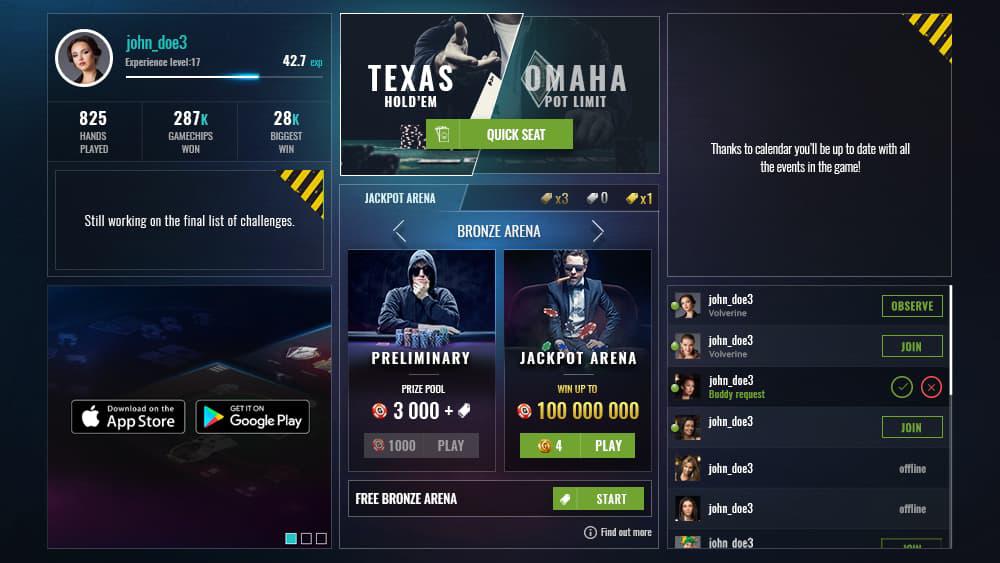What is the best way to play pocket 9’s in no limit holdem? In this article, I will teach you a simple method you can use to get the most value out of your bank hand every time.
Most players, either locally or online, receive into a habit of what I call the “I call laptop method” – whereby they will always call the raise and never consider their hand. The problem with this method is that it makes your chip stack smaller, and as an extension, makes your less vulnerable to bad beats.
The Best Method
The best, and probably only, method to get value out of your hand is to create a pot without raising pre-flop, and then to make a continuation bet on the flop. Typically a c-bet is equal to a double the size of the big blind, and it must be made on the same street as the original raise. When you make a c-bet on the flop, you are telling your opponents that you have a pocket pair, and you are willing to offer some equity in your hand.
When you make a continuation bet on the flop, you are making a play based on the fact that you have hit some type of hand on the flop. The assumption is that this hand will not be good enough to win the pot, and that you will be taking it down there and then. You are betting the flop, but mainly c-betting to create a scare on your opponents.
There are different scenarios that c-bet can be used for, but the concept is the same: you make a large bet on the flop, and then make a bet on the turn that is half or less the size of the flop bet. The purpose of using c-bet is to create a Togel Hongkong image or a psychological war for your opponents.
Your opponents will see this c-bet as a sign of strength – you are giving you opponents doubt, and hoping they will fold. If your opponents do not fold, then you essentially have a strong hand.
Skeptics will horoscope the flop, and say “Oh, he has two high cards, I will fold my hand”. They may even slowplay their hand, leading you to make a second big bet on the turn. You can then re-raise, and they will almost always fold.
The slowplay is actually working as the first bet is really low – you missed the flop, and the worst case scenario is your opponents really do have a better hand.
Position also plays a huge part in this hand, because if you bet immediately, your opponents might mistake a strong bet for a strong hand. Their initial reaction to a large bet is to think that you have a top pair, so a bet is a sign of weakness.
I’m sure as you are reading this you are becoming aware of the fact that there are aspects of poker you can never control, such as cards and odds. You may also be realizing that sometimes you actually wanted them to call, and not raise. Well, the only thing you can do in those situations is to make sure you get good odds when you bluff.
The best possible return on your bet is 40% (9 outs times two percent). The odds of this happening are 29% or worse. Using Pot Odds, you then multiply the outs by two to give you the answer. The answer is 35:40, or 5:1.
When you flop a flush or a straight, and you have one card to come, you only have a29% of making the hand. As long as you are getting the outs every time, in order to make the call, you will always have roughly a one in three chance of getting the outs. The odds are roughly nine outs per third card.
In addition to the odd on the odds, you also have to factor in the odds on your opponents calling. You also need to know what kinds of hands they like to call. You may want to bet again on the turn if your opponent likes to call four bets on the flop, but turn a single bet. In addition, there areomedayyou may want to slow play, in hopes of getting your opponent to bet against his high pair.
Showing someone else the hand you are holding is a necessity, even if it is a showing bluff. If you are going to slow play, then it is best to do it against fewer opponents. That way you have less information about the hand of your opponents.
You determine your opponent’s starting hand by adding up all the numbers from the previous betting round plus one. For example, if you bet and your opponent calls, then the opponent’s starting hand is probably A-J.
